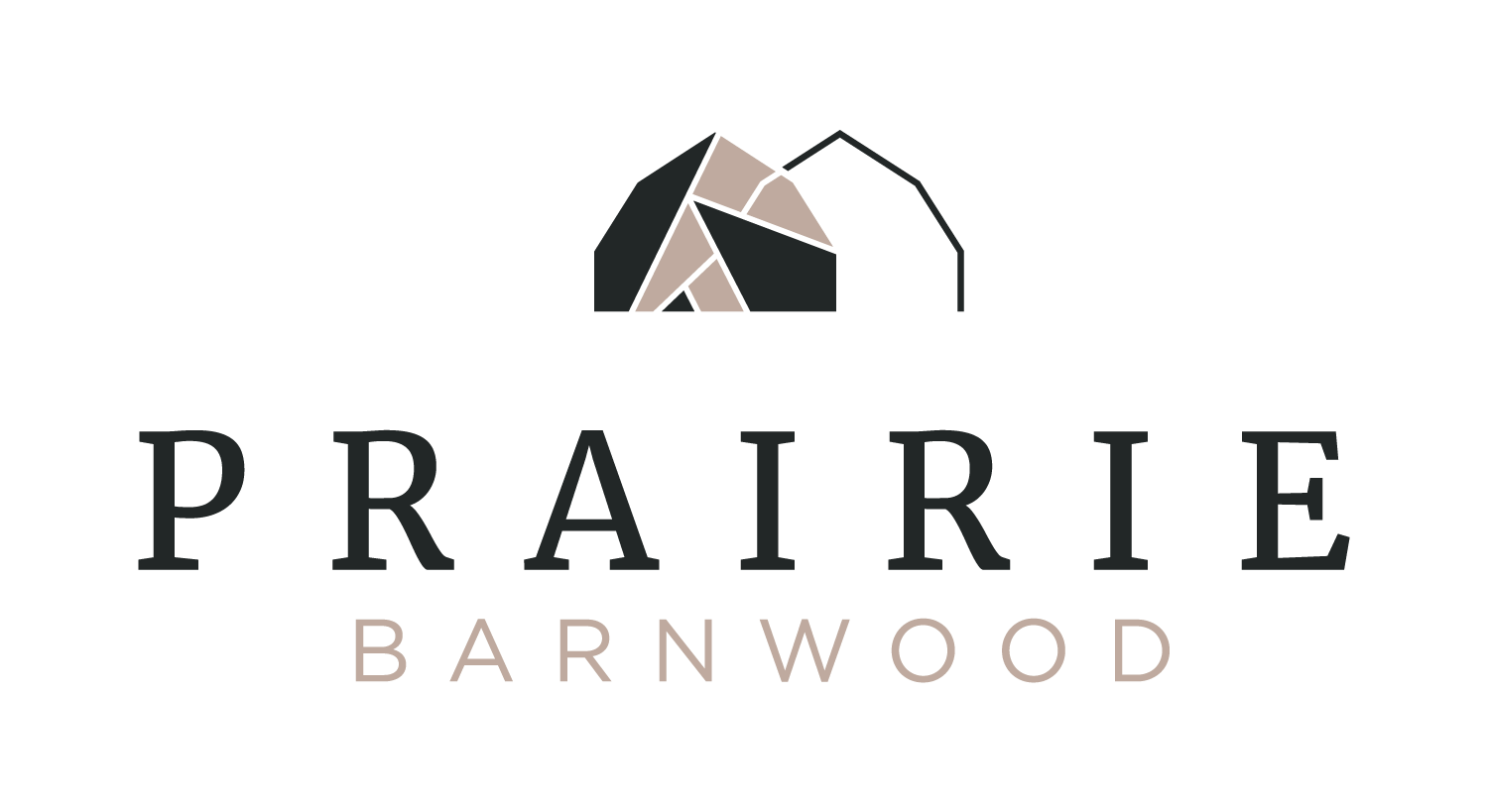- Barn board’s surface is naturally textured and weathered by the elements, so the thickness of these boards is rarely uniform.
- The colour of barn board varies, depending on the type of exposure the siding experienced, and whether or not it was painted during its lifetime. Common colours of barn board are silver, grey, and brown.
- Knots, checking, nail holes, and ghosting (variations in surface texture due to long-term placement of objects on the building) are present in varying degrees, depending on the lot.
- Another important aspect of barn wood is, its extreme durability. Barn wood boards have already experienced the weather and time. When recycled into furniture this hard, dense wood translates into a furniture piece that can be enjoyed for years to come.
- Finally, one of the best elements to barn wood is that it has a ton of character elements that just are not there with new wood pieces. Old nail holes from use, worm damage and more all add to the character of the barn wood furniture piece.
Care & Maintenance
CHARACTERISTICS OF WOODEN FURNITURE
- Wooden furniture is an excellent investment that, with proper care, can last for generations. Prairie Barnwood offers Beeswax & Orange Oil as part of our regular maintenance solutions, as well as touch-up kits designed to match our finishes.
- Due to the natural characteristics of wood, each piece is unique, and slight variations in color, grain, and texture are to be expected. Over time, exposure to sunlight and artificial light can cause wood to darken or change in tone—some species more than others. This natural aging process is not affected by the finishing process.
- Grain & Density Variations – No two pieces of wood are identical, even when finished with the same stain. Differences are more noticeable when comparing solid wood vs. veneers.
- Color Variations – Minerals in the soil, climate conditions, and tree growth patterns influence wood color. Some wood may contain sap runs, knots, and pinholes, adding to its natural beauty.
- Humidity & Temperature Changes – Wood naturally expands and contracts based on environmental conditions. To minimize warping, shrinkage, cracking, or joint separation, maintain indoor humidity levels between 30-50%.
CHARACTERISTICS OF BARNWOOD
CARE & MAINTENANCE
- Use a dry clean cloth to dust furniture weekly; dust is abrasive and can leave scratches that dull the finish. Dust also can attract moisture which can accumulate and soften the finish overtime.
- Wipe down with a regular dish cloth, using mild soap and water. Avoid using any harsh chemical products, as this can weaken the finish overtime. Use a soft dry cloth to dry surface.
- We suggest using trivets and coasters to prolong the life of the finish. However, spills do happen; wiping them up in a timely matter will protect stains and damages to the finish.
- Do not put hot items directly on the surface. Use trivets or placemats.
- Oiling your product with a natural wood oil will prolong the life of the product. Oiling more often during the dry cold seasons, and less often during the warm seasons. On Average, every 2 weeks to 1 month in the peak of Winter, and every 1-2 months in the peak of Summer. Of course, every year will vary climate wise. Using a natural oil is best, to avoid any harsh abrasives in products. Natural wood oils that are food safe are optimal.
- Keeping the humidity of the home between 30-50% is optimal for wooden furniture and its natural movement.
- Use a dry cloth to dust the leather seats on the chairs. You can use a natural leather oil to prolong the life of the leather. Oiling the leather seats every 6 months to a year is optimal.

